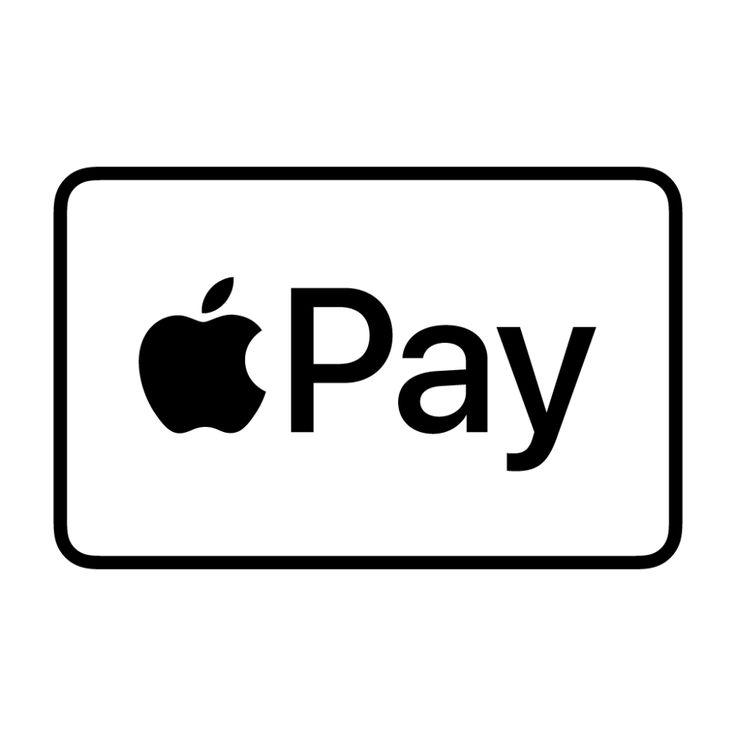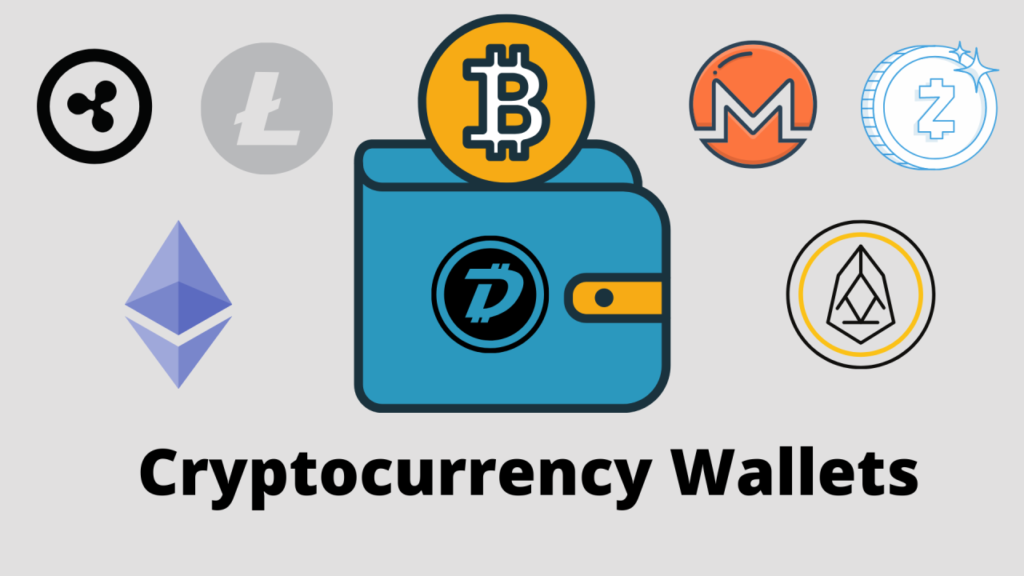Zelle , a digital payment platform, has undeniably become a ubiquitous choice for seamless money transfers. Its user-friendly interface and quick transaction processing have made it a go-to for many. However, like any other service, alternative to Zelle comes with its set of features and limitations, prompting users to seek alternative to zelle . In this article, we delve into Zelle’s intricacies, shedding light on what sets it apart and why users may be on the lookout for alternatives.
Features And Limitations Of Zelle

In the realm of digital transactions, Zelle stands out with its instantaneous fund transfers and user-friendly interface, offering a seamless experience for users looking to navigate through the world of digital payments. However, it’s crucial to be mindful of its limitations, such as its dependency on bank participation and restricted international support, which may impact users seeking broader transaction capabilities.
Features of Zelle
- Instant Transfers: Zelle facilitates real-time money transfers, providing users with the ability to send and receive funds promptly.
- User-Friendly Interface: With an intuitive design, Zelle ensures a seamless user experience, making it easy for individuals to navigate through the platform.
- Integration with Banks: Zelle seamlessly integrates with various banking institutions, allowing users to link their accounts and streamline transactions without the need for additional accounts.
- Security Measures: Zelle prioritizes security, employing measures to protect user information and ensure the safety of digital transactions.
- Request Money Feature: Users can easily request money from contacts through Zelle, adding a layer of convenience to the payment process.
Limitations of Zelle
- Limited International Support: Zelle primarily operates within the United States, restricting its utility for users seeking international money transfer services.
- Dependency on Bank Participation: The effectiveness of Zelle depends on the participating banks, potentially limiting accessibility for users whose banks do not support the platform.
- Transaction Limits: Zelle imposes daily and monthly transaction limits, which may pose challenges for users with substantial transfer needs.
- Limited Merchant Acceptance: Zelle’s adoption among merchants is not as widespread as some other payment platforms, potentially limiting its usability for various transactions.
- Privacy Concerns: Some users express concerns about Zelle’s privacy practices, prompting those seeking a more discreet payment option to explore alternative to zelle with enhanced confidentiality features.
What Sets Zelle Apart ?
In the realm of digital transactions, Zelle stands out with its instantaneous fund transfers and user-friendly interface, offering a seamless experience for users looking to navigate through the world of digital payments. However, it’s crucial to be mindful of its limitations, such as its dependency on bank participation and restricted international support, which may impact users seeking broader transaction capabilities.
Why Seek an Alternative to Zelle?

In the quest for a more versatile and tailored digital payment experience, users often find themselves seeking alternative to Zelle, driven by considerations such as the need for broader merchant acceptance, concerns about privacy and confidentiality, a desire for a more diverse array of payment options, and the necessity for international transaction capabilities.
1. Limited Merchant Acceptance
Despite Zelle’s widespread popularity among individual users, its adoption within the business sector, particularly among merchants, is not as pervasive as some alternative to zelle payment platforms. This limitation could pose challenges for users who frequently engage in commercial transactions, as the acceptance of alternative to Zelle may not be universal across all businesses. Exploring alternatives that enjoy broader merchant acceptance ensures users have a more versatile and convenient payment solution that aligns with their diverse transaction needs.
2. Privacy Concerns
In the digital age where privacy is a paramount concern, some users may express reservations about Zelle’s privacy practices. Whether it’s related to data storage, information sharing, or the overall transparency of the platform, these concerns may prompt users to seek alternative to zelle that prioritize and guarantee a higher level of confidentiality. Opting for payment solutions with robust privacy features becomes crucial for those who value discreet financial transactions.
3. Diverse Payment Options
While Zelle excels in facilitating bank-to-bank transfers, its limitation to this specific payment method may be restrictive for users who desire a more diverse range of options. Some users prefer the flexibility of using credit cards, while others may be interested in exploring the growing realm of cryptocurrency. Seeking alternative to zelle that cater to these varied preferences ensures that users have a payment solution that aligns with their specific transaction requirements.
4. Limited International Support
Zelle’s operational focus within the confines of the United States might be a drawback for users engaged in global transactions. The inability to support international money transfers can be a significant limitation, especially for individuals with business interests or personal connections beyond national borders. Exploring alternative to zelle with robust international capabilities becomes essential for those seeking a more comprehensive and globally accessible payment solution.
Commonly Used Alternatives to Zelle For Digital Payments

In the ever-evolving landscape of digital payments, users are presented with a multitude of alternative to Zelle, each boasting distinct features and strengths tailored to various preferences and transaction requirements. Let’s embark on an in-depth exploration of these alternative to zelle , unraveling the intricacies that set them apart.
1. Venmo: A Social Approach to Payments
Venmo redefines the payment experience with its unique social-centric features, allowing users to share payment activities with friends. This interactive element transforms transactions into a more engaging and communal activity, making Venmo particularly popular among younger users. Beyond its social flair, Venmo ensures quick and secure transactions, striking a balance between functionality and a sense of connectedness.
2. PayPal: A Comprehensive Payment Solution
PayPal stands as a steadfast pioneer in online payments, offering a comprehensive platform that caters to a myriad of transaction needs. Renowned for its extensive acceptance, PayPal provides users with a versatile and secure alternative to Zelle. Whether facilitating peer-to-peer transactions or conducting online purchases, PayPal’s multifaceted approach ensures adaptability to a wide range of payment requirements.
3. Cash App: Simplifying Peer-to-Peer Transactions
Cash App distinguishes itself with a minimalist yet effective interface that places emphasis on peer-to-peer transactions. Praised for its user-friendly design, Cash App is particularly popular among those who prioritize simplicity and efficiency in their digital money transfers. With its quick payment processing and straightforward features, Cash App offers a seamless alternative to Zelle for users seeking a hassle-free transaction experience.
4. Google Pay: Seamless Integration with Google Services
Google Pay seamlessly integrates with other Google services, providing users with a unified ecosystem for payments. This integration ensures a cohesive experience across various Google tools, making Google Pay an attractive alternative to Zelle. Whether users are making in-app purchases, sending money to contacts, or enjoying the convenience of contactless payments, Google Pay delivers a streamlined and unified payment solution.
5. Apple Pay: The Apple Ecosystem’s Payment Solution
Embedded within the Apple ecosystem, Apple Pay delivers a secure and efficient means of making payments using Apple devices. With its seamless integration across iPhones, iPads, and other Apple products, Apple Pay guarantees a consistent and frictionless payment experience. Tailored for users deeply entrenched in the Apple ecosystem, this alternative to Zelle offers a seamless transition between devices, enhancing the overall digital transaction process.
6. Square Cash: Business-Focused Transactions
Square Cash caters specifically to businesses, providing a dedicated platform for transactions. Designed with features like invoicing and business accounts, Square Cash becomes an invaluable tool for entrepreneurs and small business owners. Its focus on facilitating business-related transactions makes Square Cash an efficient and specialized alternative to zelle for those involved in the dynamic world of commerce.
7. Skrill: A Global Payment Solution
Skrill distinguishes itself by extending its services globally, enabling users to make international transactions seamlessly. Recognizing the growing need for cross-border financial activities, Skrill’s international capabilities position it as an excellent choice for users engaged in global transactions. Its commitment to providing a broader reach beyond domestic borders makes Skrill a robust alternative to zelle for those with an international outlook in their digital payments.
8. Stripe: Ideal for Online Businesses
Specializing in online transactions, Stripe emerges as an ideal choice for e-commerce businesses. Tailored to meet the demands of online entrepreneurs, Stripe provides a seamless payment gateway for online purchases. With robust tools for subscription billing, customization, and secure transactions, Stripe stands out as an efficient and reliable alternative to Zelle for individuals immersed in the realm of digital commerce.
9. TransferWise (Wise): Cost-Effective International Transfers
TransferWise (Wise) caters to users with a focus on international transfers, providing a cost-effective solution with transparent fees and real exchange rates. Acknowledging the need for economical and transparent cross-border transactions, TransferWise (Wise) ensures users can send money internationally without the hidden costs often associated with traditional banks. This alternative to zelle stands out for its commitment to making global money transfers more accessible and affordable.
10. Cryptocurrency Wallets: Embracing the Future of Payments
Cryptocurrency wallets, such as Coinbase or Blockchain.info, offer an innovative approach to digital payments by embracing the decentralized nature of cryptocurrencies. These wallets provide users with an avant-garde alternative to traditional payment methods, offering a glimpse into the future of financial transactions. For those intrigued by the world of digital currencies, cryptocurrency wallets become a pioneering choice, providing a decentralized and secure means of engaging in digital transactions.
Factors To Consider While Choosing The Perfect Alternative to Zelle

Navigating the myriad of alternatives to Zelle requires a thoughtful examination of several crucial factors to ensure that the chosen digital payment platform aligns seamlessly with individual needs and preferences. The following in-depth exploration of key considerations serves as a comprehensive guide for users seeking the perfect alternative:
1. Compatibility with Your Bank
The bedrock of a successful digital payment experience lies in the compatibility between the chosen alternative and your banking institution. It’s imperative to verify that the alternative integrates seamlessly with your specific bank, avoiding potential obstacles that might disrupt the smooth flow of transactions. Choosing a payment solution that harmonizes with your bank’s infrastructure not only guarantees uninterrupted service but also streamlines the overall financial management process.
2. Transaction Fees and Limits
A granular examination of the fee structure and transaction limits imposed by each alternative is paramount. Beyond a surface-level understanding, users should delve into the intricacies of fees associated with various transaction types and the impact of those fees on their financial activities. Moreover, scrutinizing transaction limits ensures that the chosen alternative accommodates the scope and frequency of your transactions. Transparent and predictable fee structures contribute to a financially sound decision-making process, aligning the platform with your budget and transaction volume.
3. Security and Privacy Features
Security remains a cornerstone in the digital payment landscape. Users should prioritize alternatives that not only meet but exceed industry standards in terms of security features. Robust encryption protocols, multi-factor authentication, and proactive measures against fraudulent activities are indispensable elements of a trustworthy alternative. Equally significant is the commitment to user privacy. The chosen platform should instill confidence by implementing stringent measures to safeguard sensitive financial information, ensuring that user data remains confidential and shielded from unauthorized access.
4. User-Friendly Interface
The user-friendliness of a digital payment platform significantly shapes the overall user experience. Opting for an alternative with an intuitive and well-designed interface not only enhances efficiency but also reduces the learning curve for users. A user-friendly platform ensures that users of varying technological proficiency can navigate seamlessly, mitigating the potential frustration associated with cumbersome interfaces. The clarity and simplicity of the user interface contribute to a positive and enjoyable digital transaction experience, making the platform more accessible to a diverse user base.
5. Acceptance Among Merchants
The practicality of the chosen alternative extends beyond personal transactions to its acceptance among merchants. Users should consider the breadth of merchant acceptance to ensure versatility in their financial activities. A widely accepted payment solution allows users to make purchases, pay bills, and conduct transactions across a broad spectrum of businesses. Assessing the level of acceptance among merchants aligns the platform with the user’s lifestyle and transaction preferences, creating a more integrated and seamless payment ecosystem.
Conclusion
In the dynamic landscape of digital payments, exploring alternatives to Zelle opens up a world of possibilities. Each alternative comes with its unique features and strengths, catering to diverse user preferences. By understanding the intricacies of these alternatives and considering key factors, users can make an informed choice that aligns with their specific needs and priorities.









